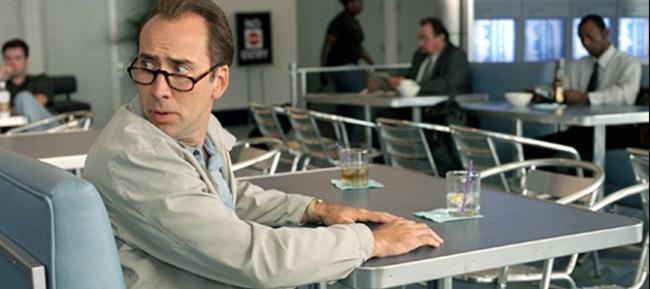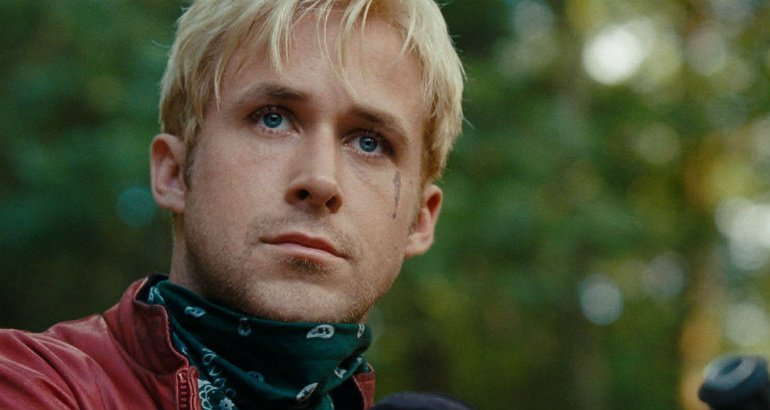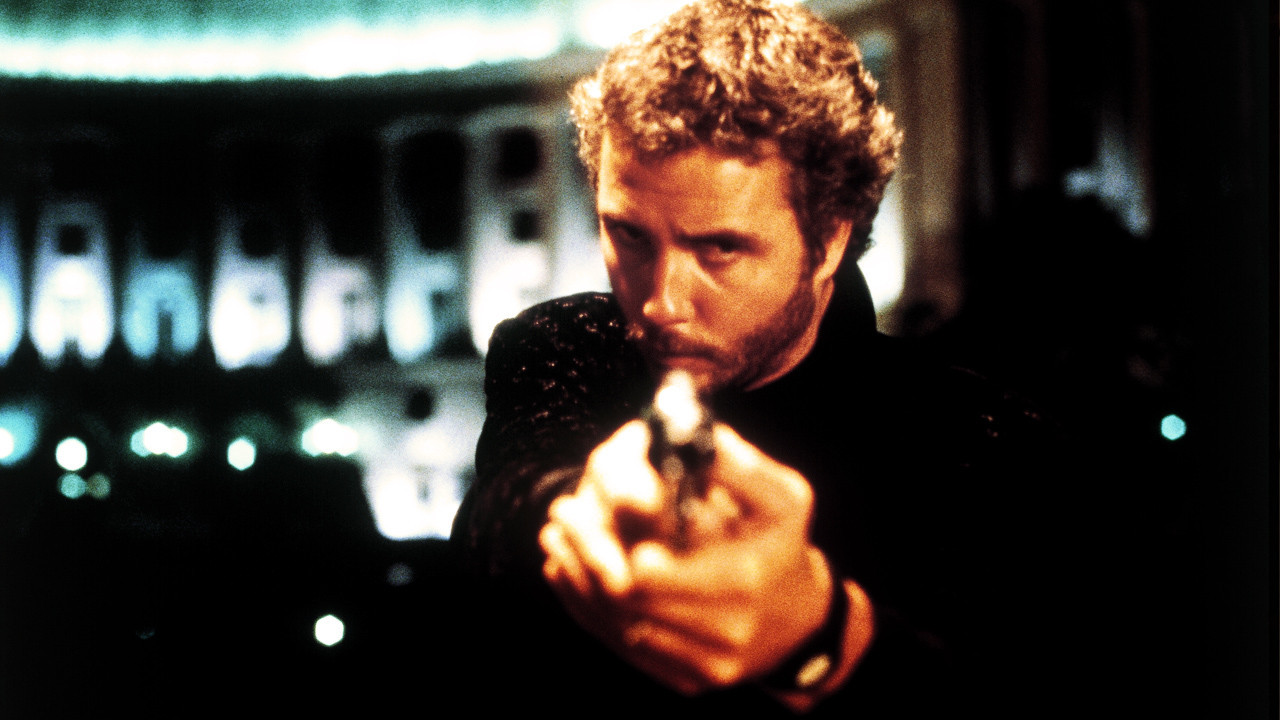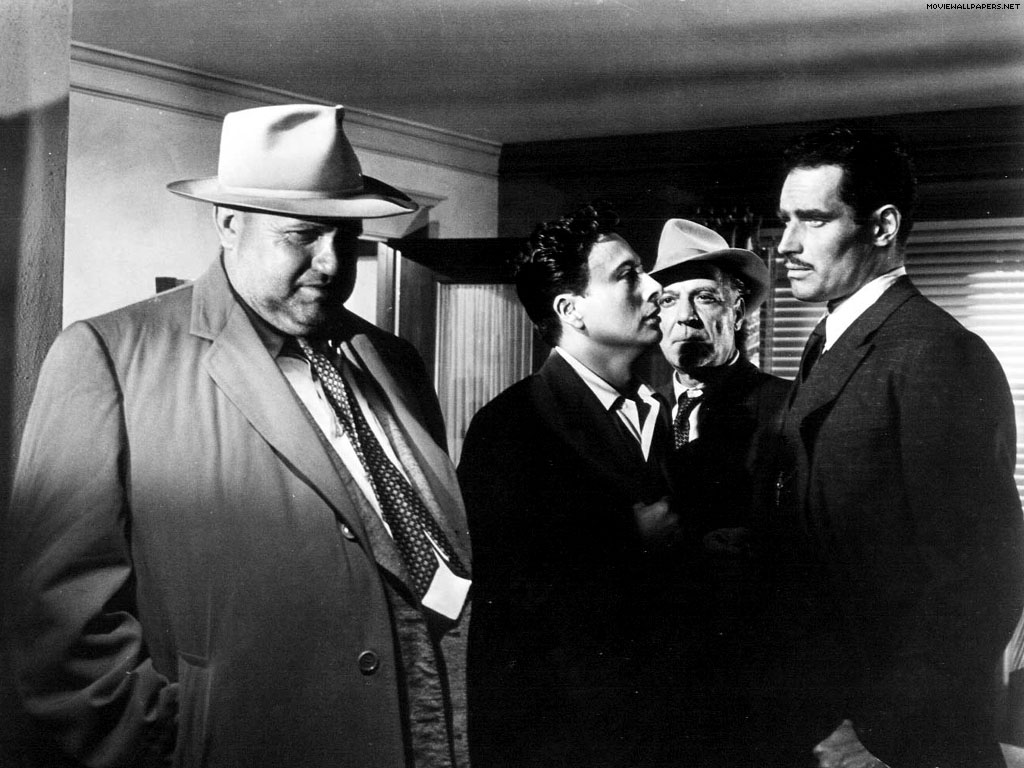6. Matchstick Men

The only out-and-out comedy on this list – albeit one that’s black as pitch – Matchstick Men sees Nicholas Cage star as OCD and Tourette syndrome suffering conman Roy. Mentor to younger grifter Frank – Sam Rockwell, again! – Roy gets by preying on the gullibility of his unsuspecting marks, but when his 14 year-old daughter Angela re-enters his life, he runs the risk of being swindled himself…
Helmed by celebrated auteur Sir Ridley Scott and based on a book by Eric Garcia, Matchstick Men benefits from Scott’s deft direction and knockout performances by Cage, Rockwell and Alison Lohman (who plays Angela). If the increasingly convoluted plotting – somewhat standard for the caper genre – borders on the far-fetched by the time the credits roll, you’ll be having such a good time getting to know these well-developed characters, you’ll barely notice.
7. The Place Beyond The Pines

“Ambitious” is a word that crops up in virtually every review of Derek Cianfrance’s The Place Beyond the Pines – even by those critics who weren’t overly impressed by the film. It certainly is that, tackling weighty themes such as fatherhood and the sins that are passed down across generations.
Ryan Gosling turns in yet another brilliantly minimalist performance as stuntman Luke, drawn into a life of crime to provide for the baby that has unexpectedly arrived in his life. Somewhat less subdued but no less impressive is Bradley Cooper as Avery, the young police officer who finds himself at odds with Luke.
The brief interactions between the pair set up The Place Beyond the Pines’ divisive third act, which shifts gears both in terms of its focus and intensity, in order to fully explore the themes mentioned earlier.
8. Manhunter

Long before Anthony Hopkins made the role his own in The Silence of the Lambs, another veteran thespian terrified audiences as cannibalistic serial killer Hannibal Lecter: Brian Cox, in Michael Mann’s Manhunter. The first big screen version of Thomas Harris’ Red Dragon, this 1986 thriller is regularly cited as being the equal of Jonathan Demme’s better known, Oscar-winning follow-up – and far superior to any of the other films based on Harris’ novels.
Dismissed by the majority of contemporary critics as an exercise in style over substance, Manhunter’s psychological complexity has since come to be appreciated by modern reviewers. This extends beyond Cox’s cerebral predator Lector (or Lecktor, as he’s known here), but also William Peterson’s troubled detective Will Graham and Tom Noonan’s tortured monster Francis Dollarhyde.
Similarly, the flick’s distinctive, almost lurid color palette – cinematographer Dante Spinotti tinted scenes with a variety of dominant hues, depending on the mood he wanted to evoke – once derided as being too gimmicky, has since been positively reassessed, as well. Indeed, if there’s any aspect of Manhunter that hasn’t received a belated thumbs up, it’s the licensed track-heavy soundtrack – and admittedly, it really hasn’t aged well!
9. Touch Of Evil

Perhaps the most incredible thing about Touch of Evil – and some would say the most disappointing – is that none of the three versions that were released represent Orson Welles’ true vision for the film! See, Welles and Universal had a falling out over the maverick director’s rough cut of the movie, which saw the studio draft in Harry Keller to oversee reshoots.
The outcome of this was that when Touch of Evil was first screened in theatres in 1958, it incorporated Keller’s additional material, along with a radically re-organized narrative. Nearly 20 years later, Universal would release a longer cut of the film claiming it reflected Welles’ original take on the material. However, it turned out that this was more of an interim version that also managed to showcase even more of Keller’s scenes!
Finally, Academy Award-winning editor Walter Murch supervised a proper restoration that followed Welles’ notes closely, only using Keller’s footage where absolutely necessary – and frankly, this is the only cut worth watching.
A strong cast including Charlton Heston, Janet Leigh, and Welles himself bring this murky tale to life with gusto (although Heston playing as Hispanic is admittedly a bit cringeworthy). What’s more, the bravura camera work – including one of the most admired tracking shots in cinematic history – captures not only the Mexican town’s seedy underbelly, but the characters’ anguish, too.
10. Badlands
Terrence Malick is one of the most unabashedly philosophical and lyrical directors of all-time. So it’s no surprise that when he unleashed his unique creative sensibilities on the typically straight-forward crime genre with 1973’s Badlands, the results were nothing short of spectacular.
Martin Sheen and Sissy Spacek shine as Kit Carruthers and Holly Sargis, a young couple on the run from the law in 1950s midwestern America after Kit murders Holly’s father. If that sounds like a rather formulaic narrative, rest assured that in Malick’s hands, it’s transformed into a transcendental masterpiece.
Filled with more ideas and subtext in any given scene than most films are able to squeeze into their entire runtime – we won’t even try to do them all justice here – Badlands is a reminder of the magic that can occur when high art and pop culture collide.